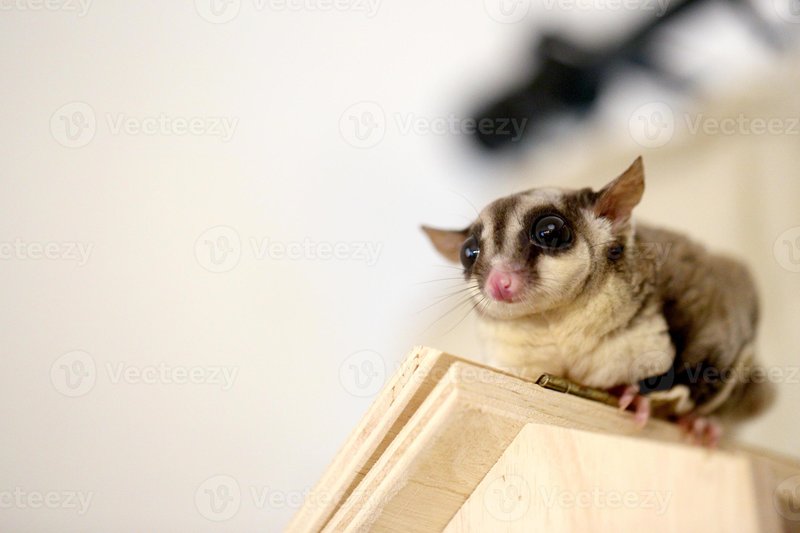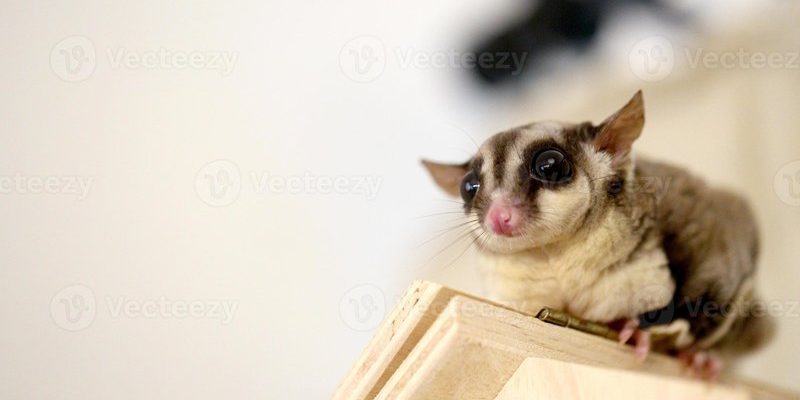
Sugar gliders are social, active animals that thrive on interaction and stimulation. Whether you’re heading on a cross-country road trip or hopping on a plane, you want to make sure your little buddy feels secure and comfortable. There are specific tips and tricks you can follow to make the trip enjoyable for both of you. Let’s dive into the essentials of traveling safely with a sugar glider and explore what you need to know to keep them safe during your journey.
Choosing the Right Carrier
First things first—let’s talk about the carrier. This is basically your sugar glider’s travel home, so it needs to be cozy, secure, and well-ventilated. Think of it as their little hotel room on the go. Choose a carrier made of sturdy material that has good air circulation. A soft-sided bag or a small pet carrier with mesh panels works wonders.
Make sure the carrier has a secure closure. Sugar gliders are known for their escape artistry (trust me, they can be slippery little fellows). If the carrier has zippers, test them out a few times to ensure they won’t pop open unexpectedly. You might also want to include some soft bedding or a small blanket inside to give them a sense of comfort and familiarity while on the move.
Don’t forget to make the carrier travel-friendly! If you’re using a soft carrier, check that it’s easy to clean. Accidents happen, and you want to be prepared for any situation!
Preparing for the Journey
Before you embark on your journey, it’s vital to prepare both yourself and your sugar glider. Start by checking local laws about traveling with pets. Some places have restrictions, especially if you’re flying. It’s always best to be informed to avoid any surprises.
Next, make sure your sugar glider is healthy enough for travel. A visit to the vet is a good idea to confirm they’re fit for the adventure. During the appointment, ask about stress-relief strategies, as travel can be stressful for them. Some vets may recommend calming herbs or natural remedies to help soothe nerves.
Create a travel checklist to keep everything organized. You’ll want to pack essentials like:
- Food and treats
- Water and a small bowl
- A leash and harness for potty breaks
- Your sugar glider’s favorite toy or blanket
By preparing ahead of time, you’ll feel more relaxed during the trip—and your sugar glider will appreciate your efforts!
During the Trip: Keeping Your Sugar Glider Comfortable
Once the journey begins, it’s essential to keep your sugar glider comfortable and safe. If you’re traveling by car, make sure to secure the carrier in the back seat where it won’t slide around. Avoid placing it on your lap, as this could be distracting while driving. Take frequent breaks to give your sugar glider some time outside the carrier. Just remember to use a harness and leash if you let them out for a stretch!
If you’re flying, check the airline’s pet policy beforehand. Many airlines require you to keep your sugar glider in their carrier during the flight, while others may allow you to take them out after takeoff. Be sure to keep their essentials handy in your carry-on bag, so you can access them easily during the flight.
Noise and commotion can be unsettling for sugar gliders, so consider bringing along some calming music or a white noise app on your phone. Play it softly to create a soothing atmosphere when you’re on the move. This simple trick can work wonders to reduce stress for your little buddy.
Feeding Your Sugar Glider on the Go
Maintaining your sugar glider’s diet while traveling is crucial for their well-being. These little guys thrive on a balanced diet rich in fruits, vegetables, and proteins. Prepare their meals ahead of time and pack them in leak-proof containers.
It’s important to keep their food fresh. Use small cooler packs to maintain the temperature of perishable items, especially if you’re on a long journey. Remember to offer water regularly, too. Sugar gliders can become dehydrated quickly, especially in a stressful environment.
During travel breaks, you can offer them small snacks. Just make sure to choose something lightweight and easy to eat, like dried fruit or mealworms. Not only will this keep them nourished, but it can also serve as a topping on the pet food or as a treat during stops.
Dealing with Stress and Anxiety
Travel can be a bit daunting for sugar gliders, as it takes them out of their familiar surroundings. You might be wondering how to help them cope with the stresses of travel. One method is to bring familiar items from home, like their favorite toy or a piece of your clothing. Familiar scents can be incredibly comforting during times of change.
Create a calming environment in their carrier. You can use a light cover to dim the carrier during travel. This mimics their nesting instincts and can help them feel safe. Keep interactions gentle and talk to them softly, reassuring them with your voice. You could even hum a little tune to help them feel relaxed.
If your sugar glider starts showing signs of extreme stress (like excessive chattering or trying to escape), take a moment to pause the trip if possible. Offering them a few quiet minutes can work wonders in helping them settle down.
Health Considerations When Traveling
Before setting off, it’s essential to think about your sugar glider’s health. Keep a close eye on their behavior during travel. If they seem lethargic, refuse to eat, or show signs of distress, don’t hesitate to seek veterinary advice urgently.
Traveling can sometimes exacerbate health issues, so it’s good to have a travel health kit handy. This kit can include:
- First aid supplies (bandages, antiseptic wipes)
- Emergency contact information for local vets
- Any medications your sugar glider may need
When traveling through different climates, remember that sugar gliders are sensitive to temperature changes. If it’s hot, ensure they’re not exposed to direct sunlight for extended periods. If it’s cold, make sure they have enough warmth inside their carrier. Your little buddy relies on you to keep them safe and comfortable during the trip.
Returning Home: Settling Back In
Once you return home, it’s important to help your sugar glider readjust. They might be a little out of sorts after the adventure, so give them time to reconnect with their environment. Place their carrier in a familiar spot and allow them to come out when they’re ready.
Offer an extra cuddle session or their favorite treats to help ease them back into their routine. Monitor their behavior closely to ensure they’re happy and healthy. If they seem off, don’t hesitate to consult your vet.
Taking a sugar glider on a trip can be rewarding, but only if you’re well-prepared. By ensuring their safety, comfort, and well-being throughout the journey, you’ll create an unforgettable experience for both you and your little companion. So grab your carrier, pack those snacks, and get ready for an adventure of a lifetime!

